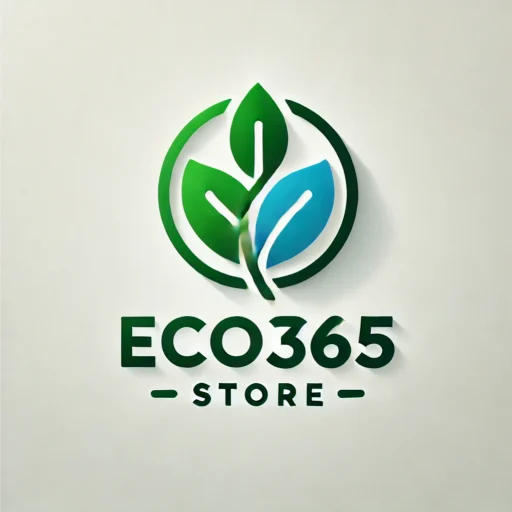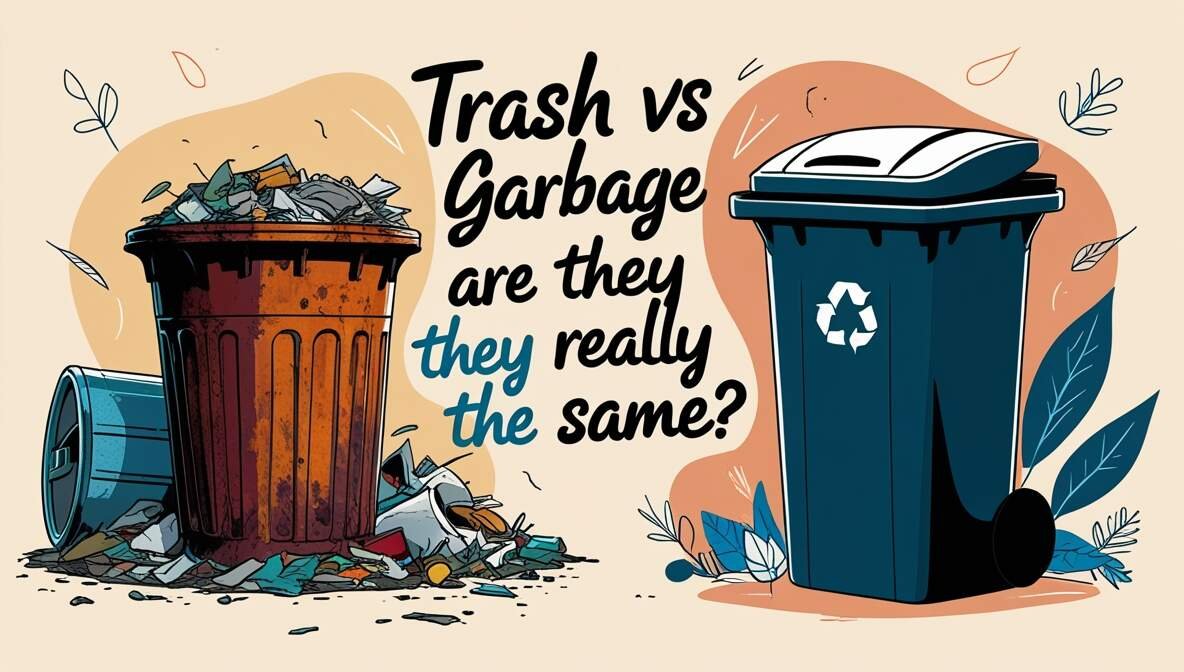Ever wondered if “trash” and “garbage” mean the same thing? While many people use these terms interchangeably, they actually have distinct meanings—especially in waste management.
Understanding the difference between trash and garbage is essential for proper disposal, recycling efforts, and reducing environmental impact. Trash typically refers to dry waste like paper, plastic, and metal, while garbage mainly consists of organic waste such as food scraps and biodegradable materials.
In this article, we’ll break down the key differences between trash and garbage, their effects on the environment, and the best ways to dispose of them responsibly. Let’s dive in!

What is Difference Between Trash vs. Garbage
When it comes to waste management, understanding the difference between trash and garbage is essential. While both refer to unwanted materials, they differ in composition, disposal methods, and environmental impact.
Definition of Trash
Trash refers to dry, non-organic waste that does not decompose easily. This includes:
- Paper (newspapers, magazines, office paper)
- Plastic (bottles, packaging, containers)
- Metal (cans, aluminum foil)
- Glass (bottles, broken glassware)
- Other non-biodegradable materials (rubber, synthetic fabric)
Definition of Garbage
Garbage is primarily organic waste that decomposes over time. Common examples include:
- Food scraps (vegetable peels, leftover meals, eggshells)
- Yard waste (grass clippings, leaves, branches)
- Biodegradable materials (compostable food packaging, paper napkins)
Key Differences Between Trash and Garbage
| Feature | Trash | Garbage |
| Composition | Dry, non-organic materials | Wet, organic, biodegradable waste |
| Decomposition | Does not decompose easily | Breaks down naturally over time |
| Disposal Methods | Recycling, landfill | Composting, waste treatment |
| Environmental Impact | Can contribute to landfill overflow and pollution | Can be turned into compost and renewable energy |
By properly separating trash and garbage, individuals can improve waste management practices, support recycling efforts, and reduce their environmental footprint.

Examples of Trash and Garbage
To better understand the distinction, let’s look at common examples of trash and garbage and where they go after disposal.
Common Trash Items
Trash includes dry, non-biodegradable waste that doesn’t easily break down. Examples include:
- Plastic bottles and containers
- Broken furniture
- Metal cans (soda cans, food tins)
- Paper and cardboard (newspapers, magazines, junk mail)
- Glass items (bottles, broken glassware)
Common Garbage Items
Garbage consists of organic, biodegradable waste that decomposes naturally. Examples include:
- Food leftovers
- Fruit and vegetable peels
- Coffee grounds and tea bags
- Eggshells
- Yard waste (leaves, grass clippings, flowers)
Where Each Goes
- Trash: Often sent to landfills or recycling centers (if materials like plastic, metal, and glass are sorted properly).
- Garbage: Ideally composted or sent to organic waste processing facilities, but when improperly disposed of, it ends up in landfills, where it can create environmental hazards.
Environmental Impact of Trash vs. Garbage
Proper waste management is crucial to reducing environmental harm. Here’s how trash and garbage impact the planet differently.
Trash Impact
- Takes centuries to decompose, leading to landfill overflow.
- Non-recyclable plastics contribute to ocean pollution and harm wildlife.
- Burning trash releases toxic chemicals into the air, affecting air quality and health.
Garbage Impact
- When composted properly, garbage benefits soil health by turning into nutrient-rich compost.
- If left to rot in landfills, garbage releases methane gas, a major contributor to climate change.
- Improper disposal of organic waste increases pest infestations and foul odors.
Proper Disposal Methods for Trash and Garbage
Proper waste management is essential to minimize environmental damage and promote sustainability. By separating, recycling, and composting waste correctly, we can reduce landfill waste and pollution.
🗑️ Trash Management
Since trash consists of non-biodegradable materials, proper disposal methods include:
- Recycling: Paper, plastic, metal, and glass should be sorted and sent to recycling centers.
- Upcycling: Repurpose old materials into useful items (e.g., turning glass jars into storage containers).
- Waste Reduction: Avoid single-use plastics, opt for reusable items, and minimize unnecessary packaging.
🍃 Garbage Management
Since garbage is primarily organic, it can be managed effectively through:
- Composting: Turn food scraps, yard waste, and biodegradable materials into nutrient-rich compost for plants.
- Organic Waste Reduction: Reduce food waste by meal planning, proper storage, and consuming leftovers.
✅ Best Practices for Efficient Waste Management
- Separate trash and garbage: Use designated bins for recyclables, non-recyclables, and compostable materials.
- Educate and practice responsible disposal: Follow local recycling and composting guidelines.
- Encourage sustainability: Promote eco-friendly habits like using compost bins, donating items, and reducing overall waste.
By adopting these proper disposal methods, we can contribute to a cleaner environment and a more sustainable future.
Conclusion: Understanding and Managing Trash vs. Garbage
While trash and garbage are often used interchangeably, their differences are crucial in waste management. Trash consists of non-biodegradable materials like plastic, metal, and paper, while garbage includes organic waste such as food scraps and biodegradable materials.
By properly separating, recycling, and composting waste, we can significantly reduce landfill overflow, pollution, and environmental harm. Recycling and upcycling trash can extend the life of materials, while composting garbage enriches soil and minimizes greenhouse gas emissions.
Adopting responsible waste disposal habits ensures a cleaner, healthier planet. Small actions—like sorting waste, reducing plastic use, and composting—can lead to a more sustainable future. Let’s all do our part in managing waste wisely!

Anamika is a passionate writer for Eco365Store.com, specializing in topics that inspire a cleaner, greener world. With expertise in home cleaning, recycling, and eco-friendly solutions, she crafts engaging and informative articles that help readers adopt sustainable practices in their daily lives.

